ARCHLine.XP AI Render
Creating images with artificial intelligence from a designer’s perspective
Tips from Éva Ferenczi
Today, artificial intelligence appears in almost every stage of the design process.
At Studio Trend Interior, we use various software solutions – for visualizations, image creation, and technical documentation. That’s why it’s particularly useful when a well-known design program such as ARCHLine.XP includes image creation with artificial intelligence as part of the design process.
See Éva’s full presentation on the topic
First impressions – Example: Bakery – Steps to improve the prompt
ARCHLine.XP’s AI image generator is integrated directly into the software, so you can create images at any time — even during the design phase. You can specify whether the image is indoor or outdoor, select the rendering method, image type, and styles.
For my first test, I used a bakery rendering and entered instructions specifying the style, time of day, and materials I wanted to see.
In my initial excitement, I forgot to write the instructions in English and also forgot to select the “Realistic” setting 🙂 As a result, the outcome was surprising: I received unique and distinctive images, but the atmosphere, colors, and materials did not match the actual design. Nevertheless, I enjoyed them very much!
Snapshot of the original sketch
The “Realistic” setting was still missing here.
Test 1 – General question, in Hungarian
“Bakery. Interior with natural lighting. Light gray flooring, white tiles on the walls, graphite gray ceiling. The arches under the ceiling are orange, the furniture is black, combined with natural materials and wooden surfaces.”
Result: A unique and distinctive interior – but the colors, lighting, and materials do not match the actual space.
Now it’s realistic
Then, I improved the instructions by writing in more detail what I wanted to see.
For example: that the orange color should appear on the arched surfaces of the walls, that the wood texture should be visible on the surface of the counter, or that the glass display case should reveal a pedestrian walkway with passersby.
I described it as if I were explaining it to a client—from the architectural features to the textures and colors.
However, the result revealed an important difference: while my description was professionally accurate, artificial intelligence requires a clearer, more visually oriented logic.
The images generated contained some unusual details, but overall the process was fascinating.
Test 2 – Basic prompt in English
“Inside a bakery in soft morning light, with arches, wooden surfaces, and warm orange accents.”
Result: Slightly cleaner result, but still very general. The orange appears quite strongly on the counter.
Test 3 – More details about color and materials
“Interior of a small urban bakery with arched walls painted in orange terracotta. Wooden bench with orange upholstery, where the texture of the wood is still visible. View through the large glass door onto a pedestrian street with shops in the city center.”
Result: The orange hue was more accurate and the texture of the wood appeared correctly on the bench. The street behind the window also appeared, although still stylized.
Test 4 – Adding functional elements and layout elements
“Modern bakery interior with soft morning light. Arched wall elements with terracotta texture. Counters with warm orange cushions and visible wood texture. White ceiling, natural stone flooring. Glass front overlooking a busy pedestrian street and passers-by. Friendly, warm atmosphere.”
Result: A more realistic image. The atmosphere is friendlier and the materials and finishes are shown in greater detail. The image is closer to the desired result.
Other interesting experiences with ARCHLine.XP AI Render
I asked the AI to create different styles for the same living room. It was exciting and professionally interesting to see which materials and surfaces it changed—and how the same space could convey such different atmospheres!
In the example of the carport, the choice of surface materials, external appearance, and overall atmosphere made a big difference. The first image used ARCHLine.XP's default sky background, resulting in a brighter atmosphere. The second image, showing a night scene, turned out great! For best results, it is worth setting the background color to gray for nighttime views.
In the example of the lobby interior, the details of the textures (e.g., polished marble flooring, shiny gold light fixtures, colorful wallpaper) made the images stand out.
What are the advantages of AI Render from a designer’s perspective?
Quick designs
Create impressive visual effects in just a few minutes using the ARCHLine.XP 3D model, without having to go into full rendering. Ideal for internal brainstorming sessions or initial consultations with clients.
Trying out different styles
Create the same 3D space in multiple styles (using built-in presets), making it easy to present and compare different looks and effects.
Creative exploration and inspiration
Artificial intelligence often offers surprising ideas: unexpected combinations of materials, bold color combinations, unique layouts. These can be excellent starting points for unique interiors.
Supporting communication with customers
Customers often find it difficult to visualize designs. A quick image created with artificial intelligence can help establish a common visual language and present alternative ideas.
Results ready for presentation
Ideal for portfolios, idea boards, or social media posts.
Saving time
Traditional rendering requires detailed adjustment of materials, lighting, and refinement. ARCHLine.XP AI creates visual elements from your 3D model in just a few minutes.
ARCHLine.XP AI Render
How to use it
The ARCHLine.XP AI Render feature allows you to create quick and impressive renderings in various styles.
Tips from Klaudia Aranyi
It can even be used in the early stages of design. These images mainly serve as visual material for inspiration. A single view can be rendered in multiple styles in a matter of seconds, helping us make design decisions. The model created in the selected style can then be further refined using the usual tools.
ARCHLine.XP 2025
NEW EDITION
We present the 2025 version of ARCHLine.XP, a leading BIM software used worldwide.


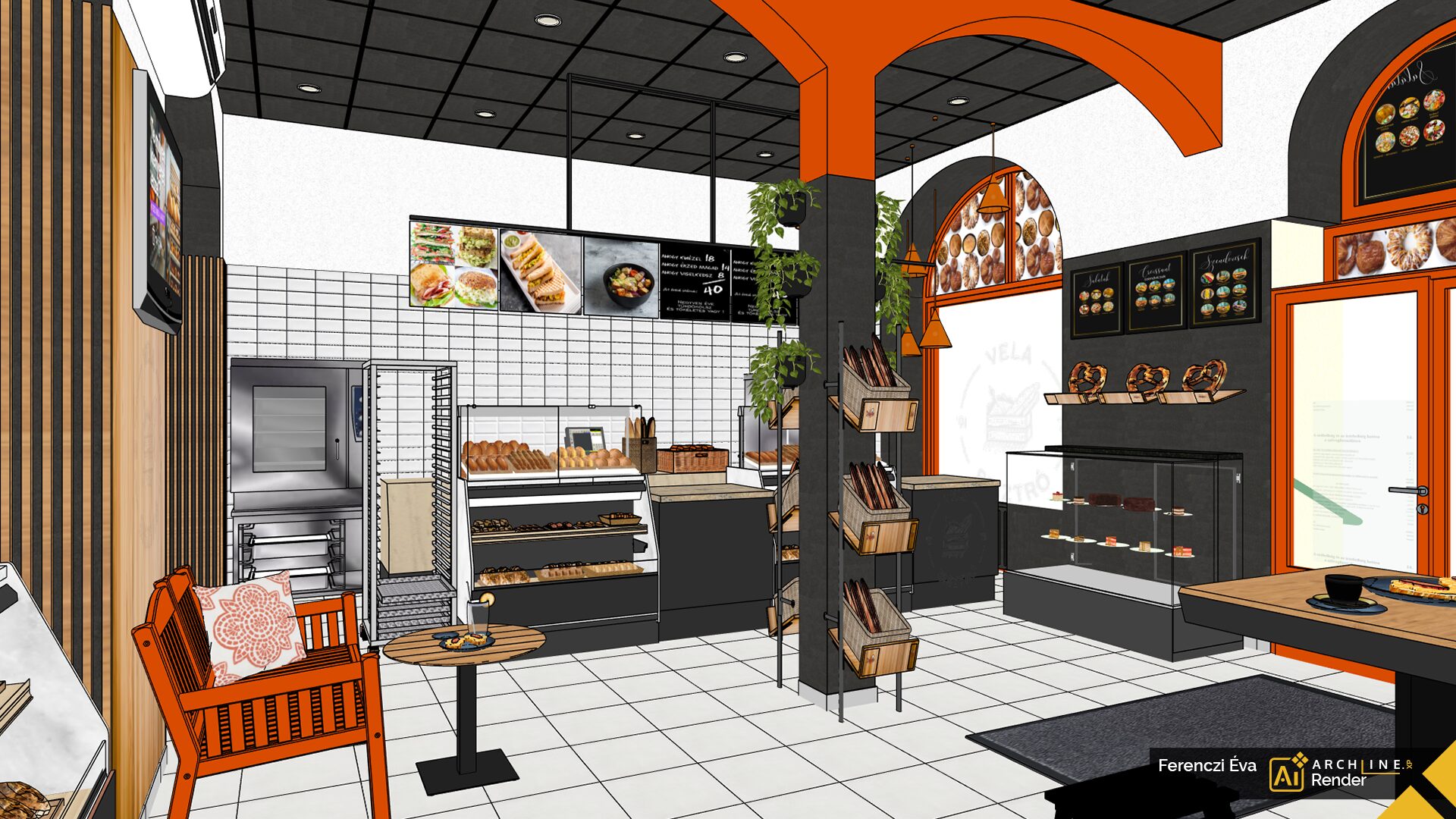
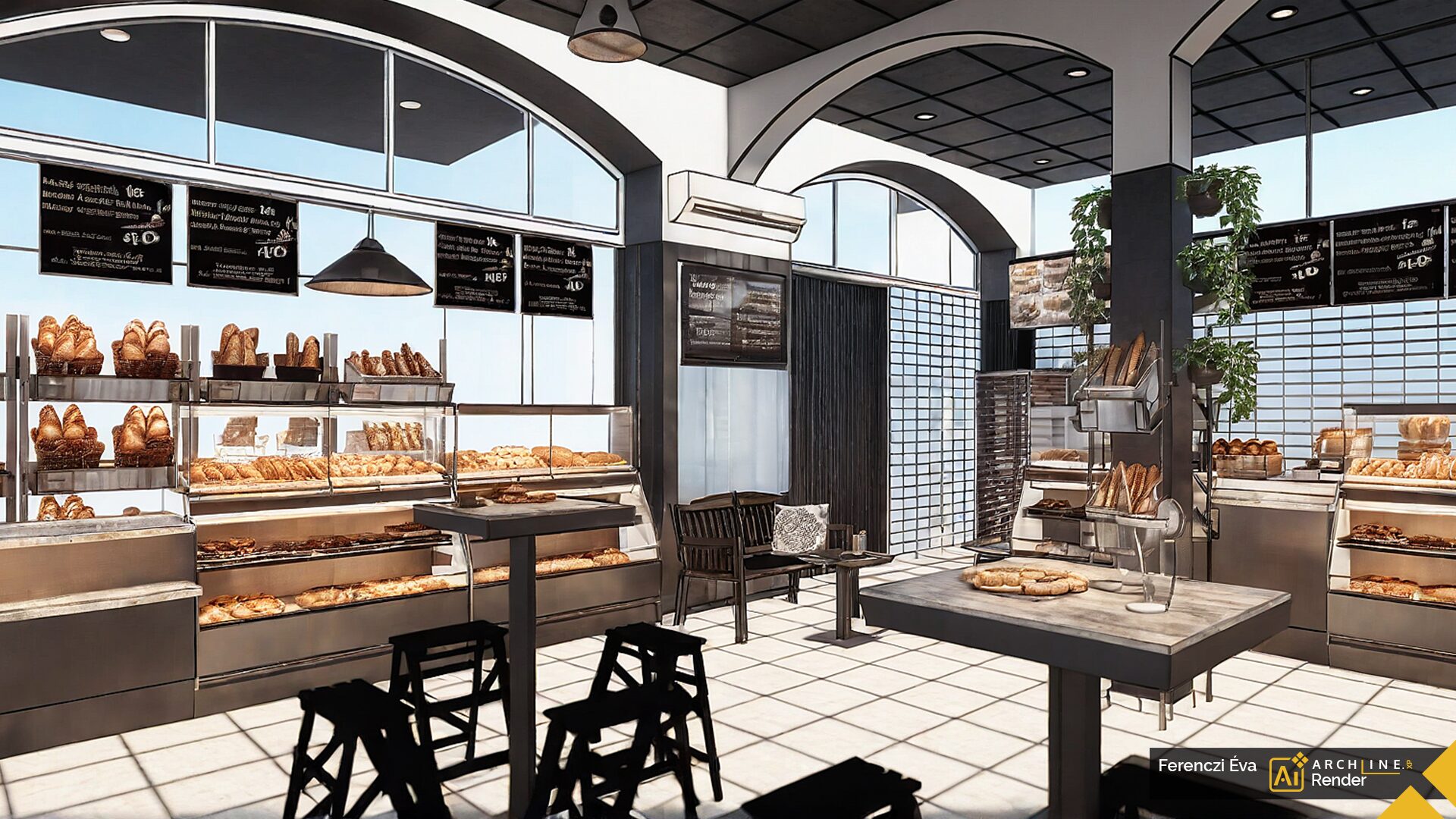
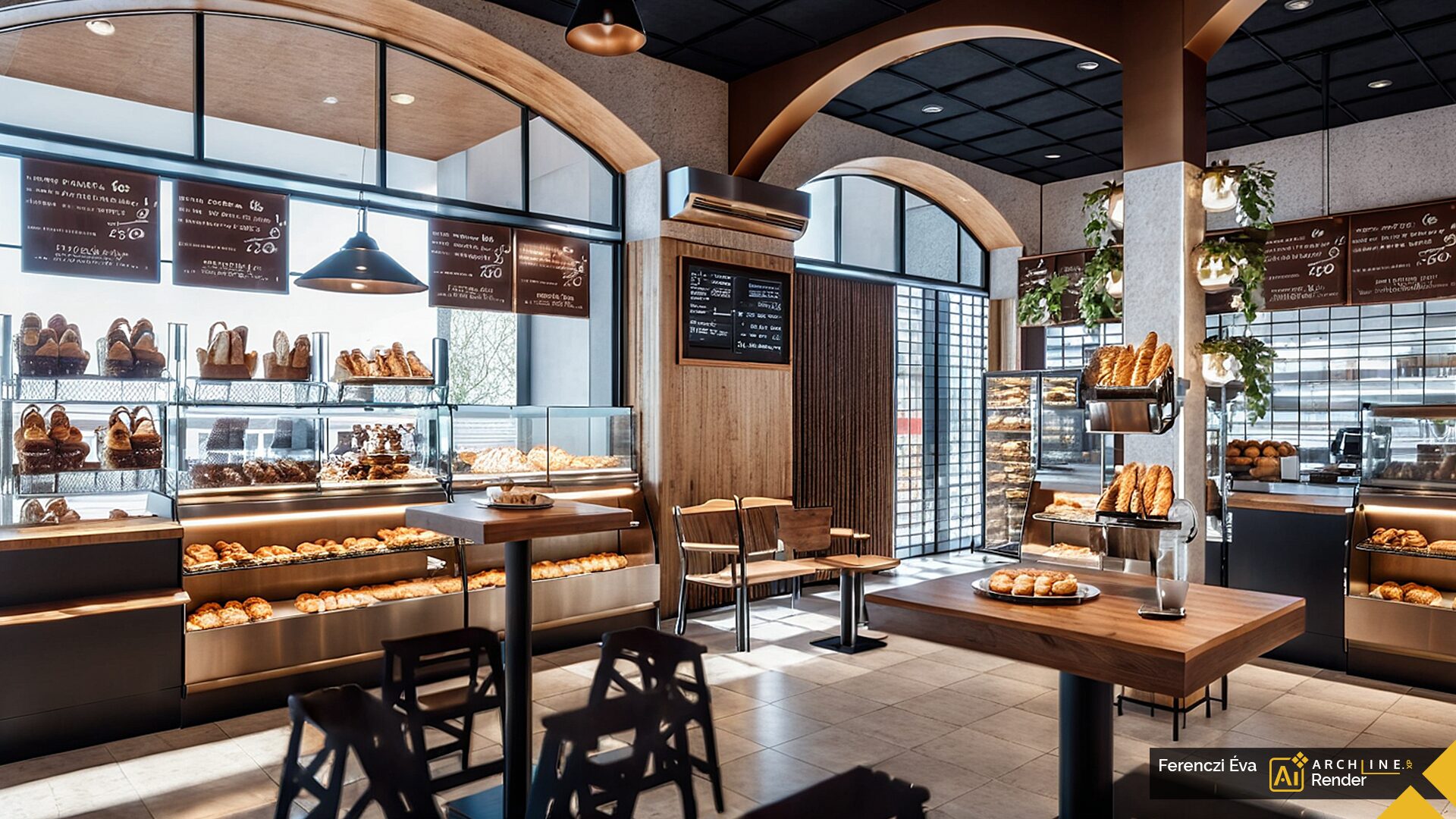

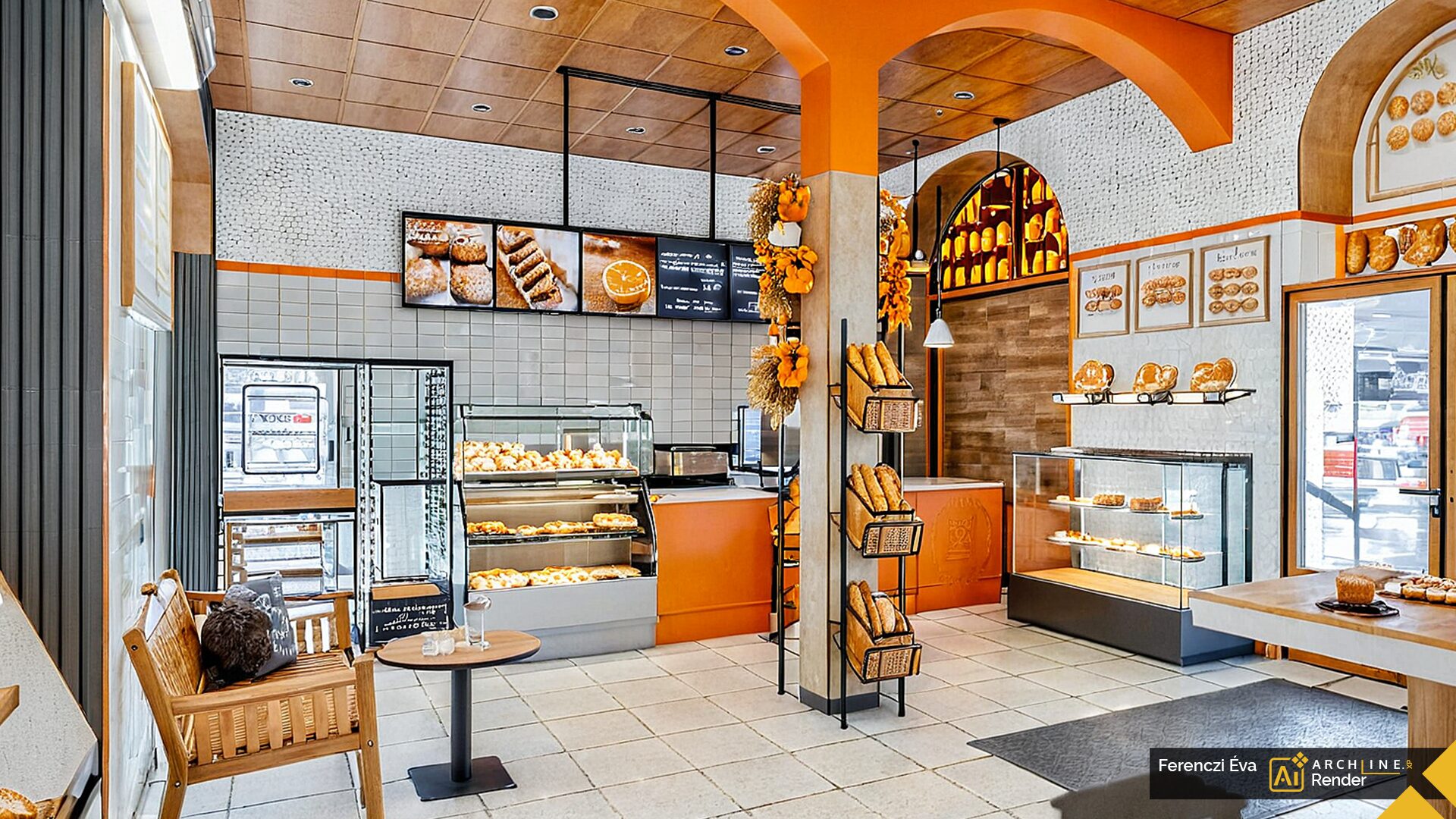
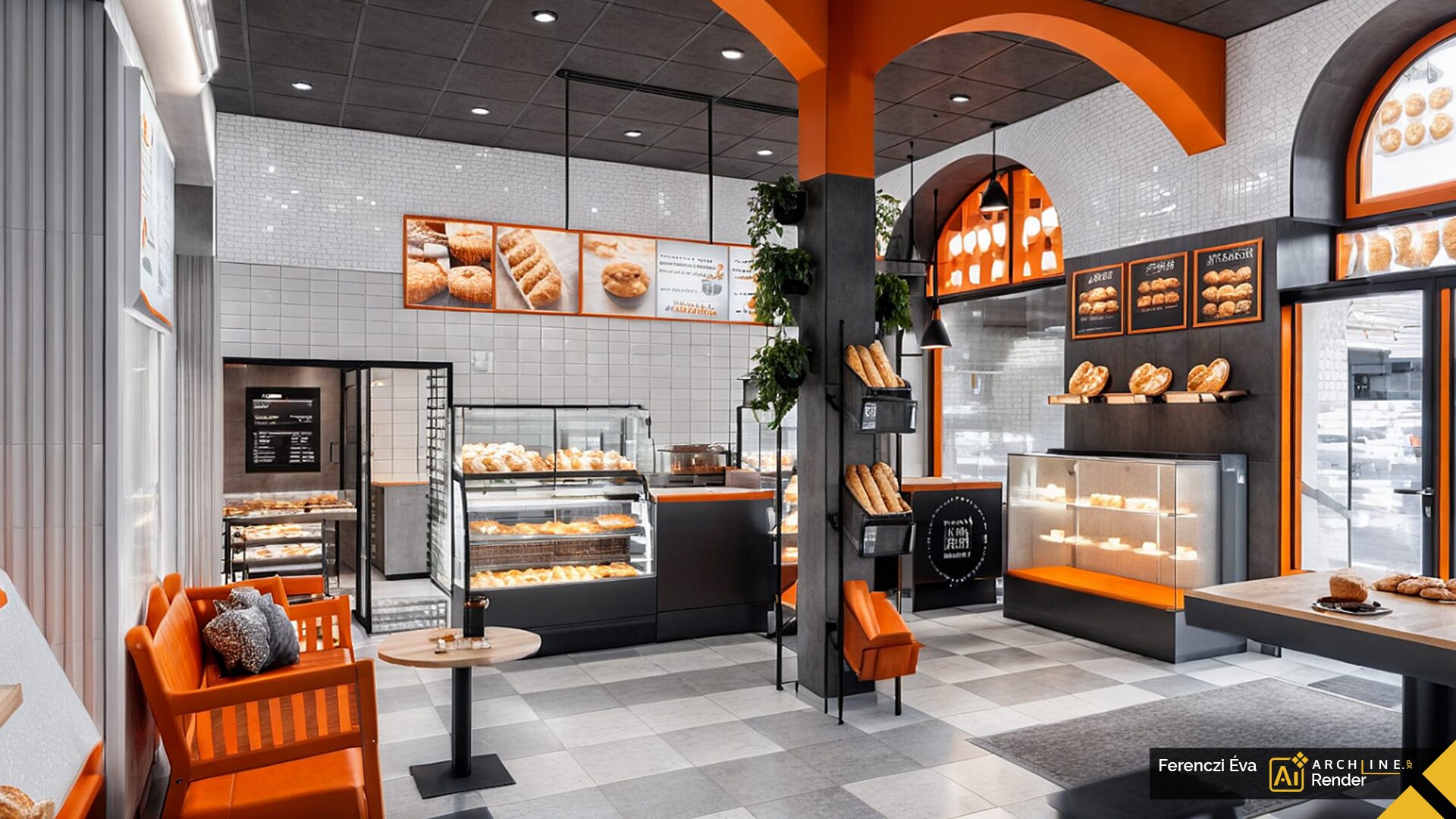
![ARCHLineXP_Ai_Render_FE_fHD_Blog_III_01[1] AI RENDER GOOD PROMPT](https://www.ace-hellas.gr/wp-content/uploads/2025/08/ARCHLineXP_Ai_Render_FE_fHD_Blog_III_011.jpg)
![ARCHLineXP_Ai_Render_FE_fHD_Blog_III_02[1] AI RENDER GOOD PROMPT](https://www.ace-hellas.gr/wp-content/uploads/2025/08/ARCHLineXP_Ai_Render_FE_fHD_Blog_III_021.jpg)
![ARCHLineXP_Ai_Render_FE_fHD_Blog_III_03[1] AI RENDER GOOD PROMPT](https://www.ace-hellas.gr/wp-content/uploads/2025/08/ARCHLineXP_Ai_Render_FE_fHD_Blog_III_031.jpg)
![ARCHLineXP_Ai_Render_FE_fHD_Blog_IV_01[1] AI RENDER GOOD PROMPT](https://www.ace-hellas.gr/wp-content/uploads/2025/08/ARCHLineXP_Ai_Render_FE_fHD_Blog_IV_011.jpg)
![ARCHLineXP_Ai_Render_FE_fHD_Blog_IV_02[1] AI RENDER GOOD PROMPT](https://www.ace-hellas.gr/wp-content/uploads/2025/08/ARCHLineXP_Ai_Render_FE_fHD_Blog_IV_021.jpg)
![ARCHLineXP_Ai_Render_FE_fHD_Blog_IV_03[1] AI RENDER GOOD PROMPT](https://www.ace-hellas.gr/wp-content/uploads/2025/08/ARCHLineXP_Ai_Render_FE_fHD_Blog_IV_031.jpg)
![ARCHLineXP_Ai_Render_FE_fHD_Blog_II_01[1] AI RENDER GOOD PROMPT](https://www.ace-hellas.gr/wp-content/uploads/2025/08/ARCHLineXP_Ai_Render_FE_fHD_Blog_II_011.jpg)
![ARCHLineXP_Ai_Render_FE_fHD_Blog_II_02[1] AI RENDER GOOD PROMPT](https://www.ace-hellas.gr/wp-content/uploads/2025/08/ARCHLineXP_Ai_Render_FE_fHD_Blog_II_021.jpg)
![ARCHLineXP_Ai_Render_FE_fHD_Blog_II_03[1] AI RENDER GOOD PROMPT](https://www.ace-hellas.gr/wp-content/uploads/2025/08/ARCHLineXP_Ai_Render_FE_fHD_Blog_II_031.jpg)
![ARCHLineXP_Ai_Render_FE_fHD_Blog_II_04[1] AI RENDER GOOD PROMPT](https://www.ace-hellas.gr/wp-content/uploads/2025/08/ARCHLineXP_Ai_Render_FE_fHD_Blog_II_041.jpg)